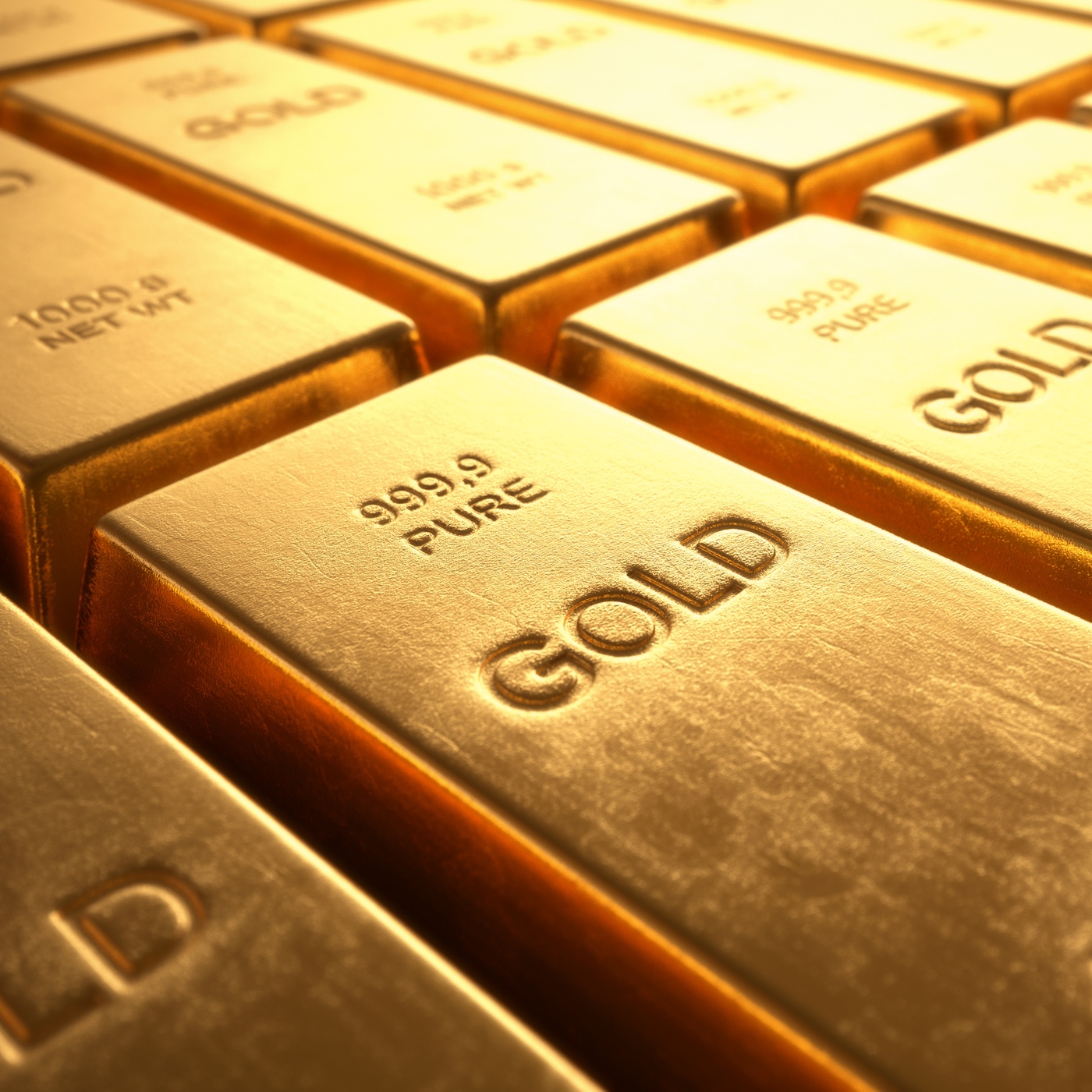Commodities & Metals
Strong Support for Global Gold Demand Trends in 2018
Published:
Last Updated:
If you have been listening to the financial media in November and December of 2017, you might think that the only thing that matters in the world of currencies and commodities is bitcoin and cryptocurrencies. It turns out that gold and other stores of value still matter. In fact, technology use, central bank buying and even investor demand have kept the price of gold up in 2017. Sure, gold may be down 5% from its September peak and closer to $1,255 now, but gold is still up almost 9% so far in 2017, with just about two weeks to go before year’s end.
We also have several other issues to consider. Interest rates have been raised three times by the Federal Reserve. The bull market in equities likely has eaten at some of the money that would have bought gold. And bitcoin has rallied exponentially, with many cryptocurrencies up 1,000% to 2,000%.
In the World Gold Council’s initial 2018 Outlook for Gold, the group sees several reasons to believe that gold could maintain an upward trajectory in 2018.
It should be noted that the World Gold Council is of course “pro-gold” in its views. That caveat aside, there have been other years when the council offered up far less positive support than it is offering up as a view for 2018.
John Reade, chief market strategist at the World Gold Council, thinks that gold price performance has been particularly noteworthy for a year in which the United States has been hiking rates and equities have remained in favor. Gold’s trading range also has been relatively narrow and its price moves have been deemed to be orderly.
A driving force for gold in 2018 likely will be monetary policy, with the Federal Reserve expected to hike interest rates further next year at the same time that it will shrink its massive $4.5 trillion balance sheet. Another issue on policy to consider is that the change of about half of the regional Federal Reserve heads and a new Fed chair may change how the Fed acts and communicates. Reade noted:
Jerome Powell, nominated as the next Fed chair, recently aired his views on Fed communications and any changes that he makes could lead to a period of adjustment by fixed income and other markets. Other staff will change too, most interestingly the suggestion that Mohamed El-Erian – a known supporter of gold as an investment asset – may become vice-chairman.
Another driver may be the European Central Bank’s extraordinary monetary policy action, and even the Bank of Japan may dial down on its previously endless quantitative easing. A last monetary policy notation is about China potentially continuing its efforts to rebalance its growth and to remove some of the leverage in key sectors.
John Reade further said:
With inflation still subdued around the world, we see monetary policy tightening as likely to be gentle, but there are risks, not least the Fed’s planned balance sheet reduction – the first time such an action has been attempted.
Away from monetary policy, we view two other factors as potentially important for gold. First, the ongoing strength – or otherwise – of already expensive US equities. And second, the trajectory of the US dollar. We believe that the bull market in US equities has reduced gold’s appeal in 2017: an end to that trend could reignite demand for gold. The direction of the US dollar could also be important: if 2017 marks the end of a multi-year period of US dollar strength, gold could benefit from that tailwind, unlike the headwind that it has experienced since 2001.
Other drivers also remain favorable for gold’s outlook in 2018. Physical market trends, income growth, China avoiding a hard landing, the recovery of India’s economy, Germany’s strengthening economy, US jewelry demand, and technology use are addition drivers ahead. These could all spell solid support for gold in 2018.
The World Gold Council’s initial 2018 outlook for gold also believes that structural changes in the gold market are worth noting, which may not be big factors in 2018 but could bring significant changes in the years to come. These are noted as potential VAT rate changes on gold bars in Russia, banks and mints continuing to develop Sharia-compliant gold products, and the move to develop a spot exchange in India. Also, any end to the bull market in equities would likely reignite demand for gold.
That’s it. 2018 is closer than you think.
If you’re like many Americans and keep your money ‘safe’ in a checking or savings account, think again. The average yield on a savings account is a paltry .4% today, and inflation is much higher. Checking accounts are even worse.
Every day you don’t move to a high-yield savings account that beats inflation, you lose more and more value.
But there is good news. To win qualified customers, some accounts are paying 9-10x this national average. That’s an incredible way to keep your money safe, and get paid at the same time. Our top pick for high yield savings accounts includes other one time cash bonuses, and is FDIC insured.
Click here to see how much more you could be earning on your savings today. It takes just a few minutes and your money could be working for you.
Thank you for reading! Have some feedback for us?
Contact the 24/7 Wall St. editorial team.